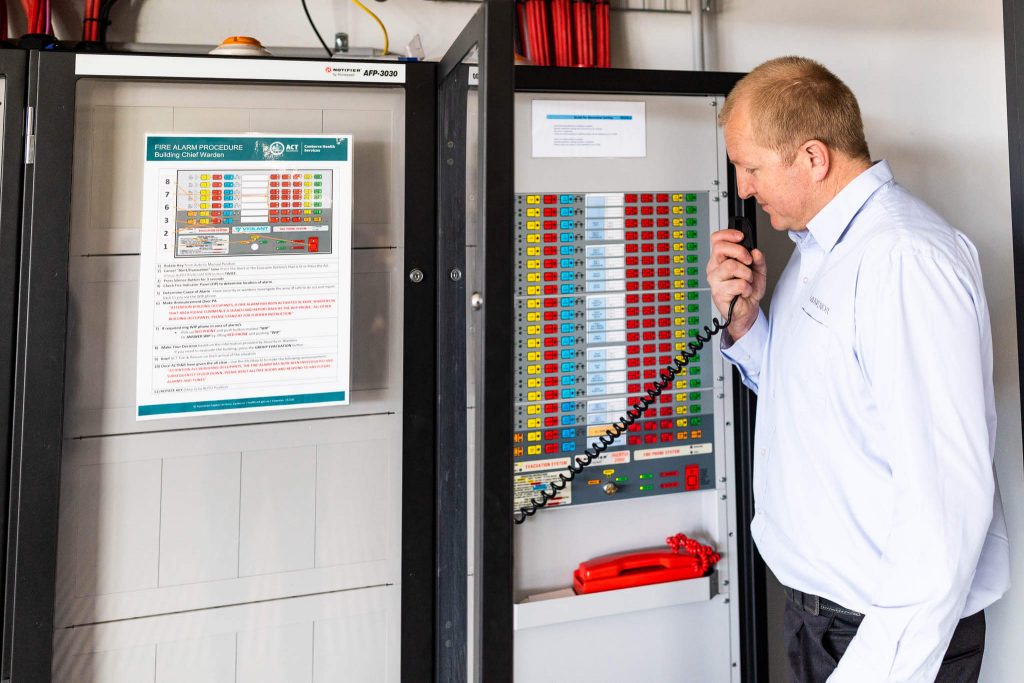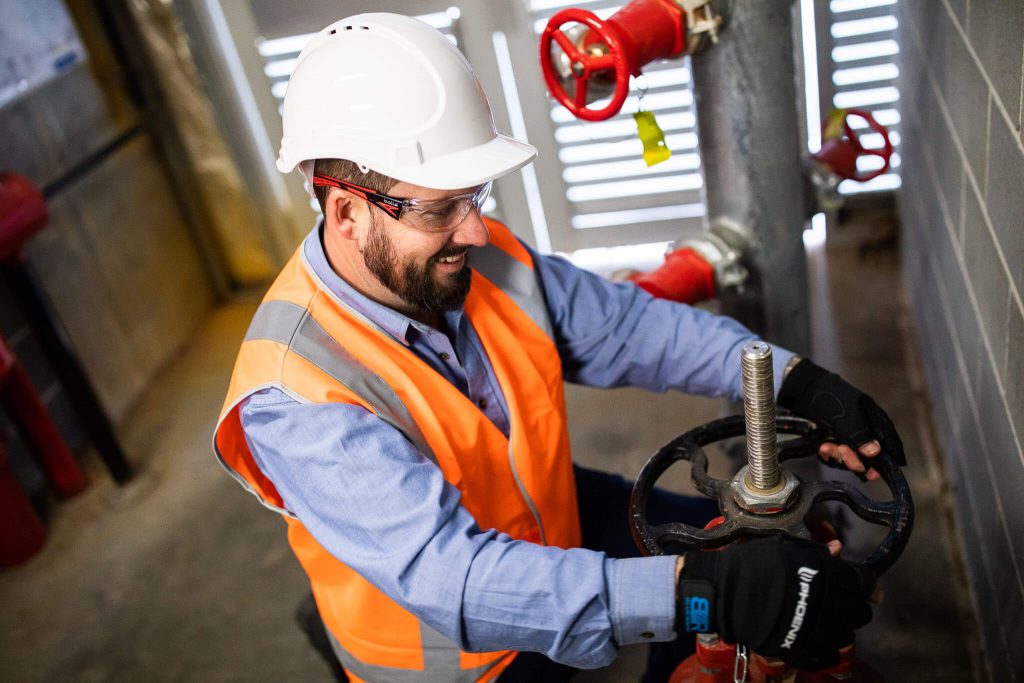| State / Territory | Building Act | Building Regulation |
|---|---|---|
| NSW | Environmental Planning and Assessment Act 1979 | Environmental Planning and Assessment Regulations 2000 |
| ACT | Emergencies Act 2004 | ACT Fire Brigade Policy FS-05 – Essential Safety Maintenance |
| NT | Fire and Emergency Act | Fire and Emergency Regulations |
| QLD | Fire Services 1990 | Building Fire Safety Regulations 2008 |
| SA | Development Act 2004 | Development Regulations 1993 and Ministers Specifications South Australia 76 |
| TAS | Building Act 2000 | Building Regulation 2004 amended 2013 |
| VIC | Building Act 1993 | Building Regulations 2018, Regulations 223 and 224 |
| WA | Building Act 2011 | Building Regulation 2012, Building Amendment Regulations |





